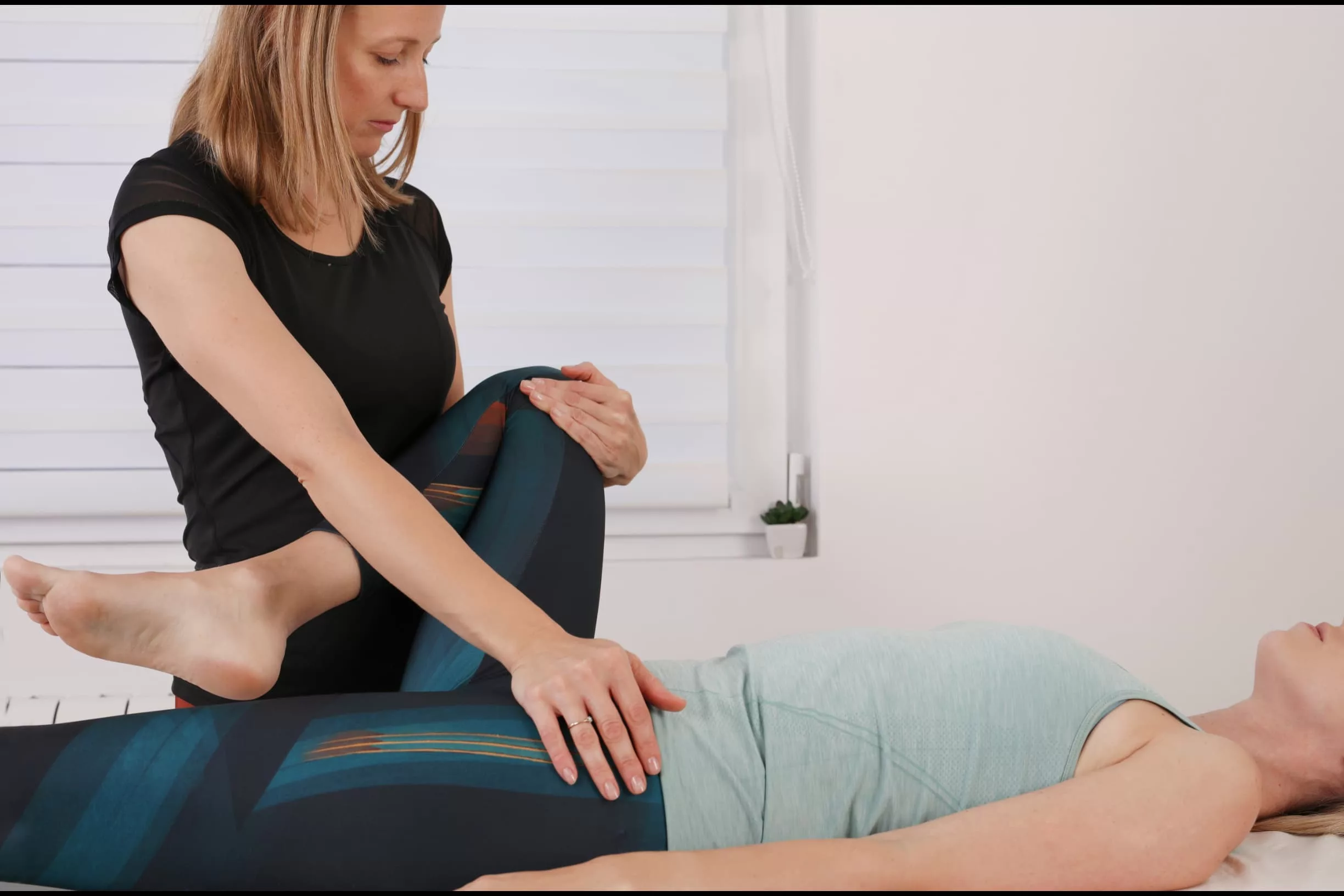
Physical Therapy for Uneven Hips
There are two kinds of injuries, acute and overuse. Acute injuries happen when you fall, twist, or break something, or somebody hits you. Acute injuries are easy to spot, because they hurt, swell, or bleed, and you need immediate medical attention. The other type of injury is overuse, sometimes called stress injury. They develop overtime with many traumas and they ‘sneak’ on you. Overuse injuries can happen from doing too much, too soon, too fast, too hard, to intense, or too ‘something’ that you body is not conditioned for.
The best approach to prevent overuse injuries is by being physically fit, evenly flexible and strong in both left and right side of your body, strong in core and having a good balance.
How do you know if your pelvis is misaligned? To find out if your hips are uneven, compare your left and right side if it is harder to balance on one side, if side is weaker, more painful, tighter, or stiffer, than there are misalignment issues or your pelvis being rotated.
Causes of Uneven Hips
The rotation of pelvis can happen during aggressive movements of your hips, for example, while playing tennis or any other intense training session, where the many muscles of the hips are pulling different directions. If you have imbalances in strength or flexibility in these muscle groups, then the forces are even more uneven.
Exercises That Help Provide Pain Relief:
A posterior pelvic tilt requires a loosening of the abdominal and hamstring muscles and a strengthening of the lower back, hip flexors, and quadriceps. To stretch your abdominals, try the cobra or upward dog yoga poses. For your hamstrings, lie on your back, lift one leg to the ceiling while keeping the knee straight, and then use your hands to gently pull your leg toward your torso. Forward bends work, too. But be careful with these because they also stretch your lower back, which you need to tighten.
Standing hip twist exercise lengthens your outer thigh and hip, you should feel this stretch from your lower back down to your outer thigh. Lie on your back on the ground, your arms out to the sides. Bend your right leg and hip, and place your left ankle over the right knee. Then gently push your left knee away from your body, without using your hand. Lower your left foot toward the ground by rolling to your right. Keep your right knee bent when it’s on the ground, and keep your left pressed gently away from your body. Hold the position for five deep breaths as you feel the stretch. Repeat the stretch on the other side. Try to figure out if one side is tighter than the other.
Standing Hip Circle exercise rotates each hip joint in a circle while keeping your torso still. Stand in front of a chair or a wall, and place your hands on it for support. Lift your leg up, with your knee and hip bent at 90 degrees. Slowly move your leg in a clockwise circle 10 times, as if you were drawing a circle on a wall. Then rotate counter clockwise another 10 times. Start with small rotations, and gradually increase the size. Keep your spine and torso still.
Tilting or rotating of the pelvis is a common problem that affects the health of your entire spine. You can have either an anterior or posterior tilt, the former of which occurs more often. Muscular imbalances usually are the cause of the issue, so for most people, physical therapy and exercises, such as supine hip twist, 90/90 hip roll, standing hip circle etc.makes sense as an initial tilted pelvis treatment.







